Market Share
Stacker Market Share Analysis
In the competitive landscape of the stacker market, effective market share positioning strategies are essential for companies aiming to establish a strong foothold and expand their presence. Stackers, also known as lift trucks or forklifts, are widely used in industries such as warehousing, logistics, manufacturing, and construction for material handling and storage purposes. To succeed in this dynamic market, companies employ various strategic approaches tailored to market dynamics, customer needs, and competitive pressures.
One of the primary strategies employed by companies in the stacker market is product differentiation. By offering stackers with unique features, capabilities, or design elements, companies can distinguish themselves from competitors and attract customers seeking specific functionalities or performance attributes. For instance, they may develop stackers with advanced safety features, ergonomic designs, or enhanced maneuverability to address the evolving needs of end-users. Through product differentiation, companies can carve out a niche within the market and gain a competitive edge, thereby increasing their market share.
Cost leadership is another prominent strategy in the stacker market, particularly in industries where price sensitivity is high. Companies that excel in cost leadership focus on minimizing production costs, optimizing supply chains, and offering stackers at competitive prices without compromising on quality or performance. By providing cost-effective solutions, these companies can appeal to budget-conscious customers and capture market share through increased sales volume. Cost leadership also allows companies to withstand pricing pressure from competitors and maintain profitability in a competitive market environment.
Market segmentation plays a crucial role in market share positioning for stacker manufacturers. By dividing the market into distinct segments based on factors such as industry, application, or customer preferences, companies can tailor their products and marketing strategies to better meet the needs of specific customer groups. For example, they may develop specialized stackers for use in narrow aisle warehouses, outdoor construction sites, or food processing facilities, each with unique features and specifications. By focusing on targeted market segments, companies can effectively position themselves and capture market share within specific niches.
Strategic partnerships and collaborations are also instrumental in market share positioning in the stacker market. By forming alliances with suppliers, distributors, or end-users, companies can leverage synergies and resources to expand their market reach and penetration. Collaborative initiatives may include joint product development projects, co-marketing agreements, or strategic alliances with industry associations. By working together with partners, companies can access new markets, distribution channels, and customer segments more efficiently, thereby increasing their market share and competitiveness.
Investing in research and development (R&D) is crucial for companies seeking to differentiate themselves and maintain a competitive edge in the stacker market. By continuously innovating and improving their products, companies can develop new technologies, enhance product performance, and address emerging market trends and customer demands. This may involve exploring alternative power sources, integrating smart technologies for automation and connectivity, or enhancing energy efficiency and environmental sustainability. By staying at the forefront of technological advancements and market developments, companies can strengthen their competitive position and capture a larger share of the market.
Branding and marketing strategies are also essential for market share positioning in the stacker market. Building a strong brand identity and effective marketing campaigns can help companies differentiate themselves from competitors and create value perception among customers. This may involve highlighting the reliability, durability, and productivity of their stackers through advertising, digital marketing, and participation in industry events. By establishing a compelling brand presence, companies can enhance customer loyalty and command premium prices for their products, thereby increasing their market share and profitability.
Lastly, ensuring regulatory compliance and maintaining product quality are paramount for market share positioning in the stacker market. Companies must adhere to relevant industry standards and regulations governing product safety, performance, and environmental impact. By demonstrating a commitment to compliance and sustainability, companies can build trust with customers and gain a competitive advantage over less reputable competitors. This involves implementing rigorous quality control measures, conducting regular audits, and obtaining necessary certifications to ensure product authenticity and safety.


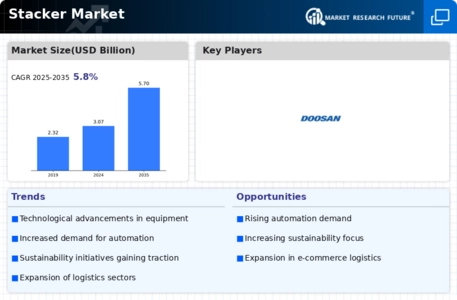
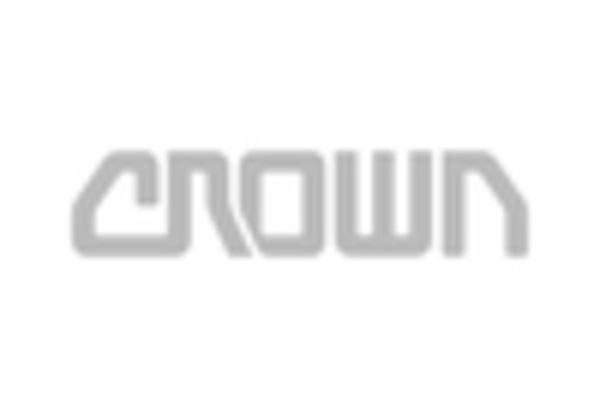
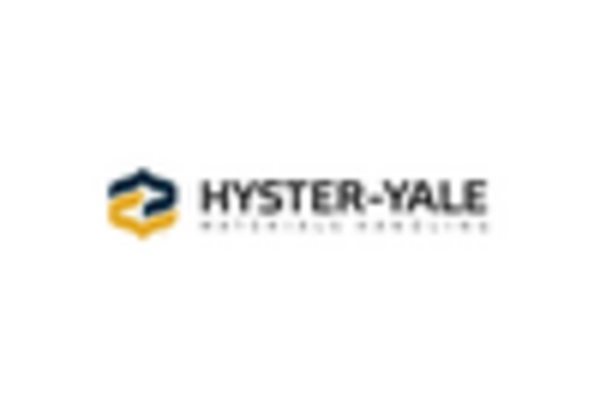
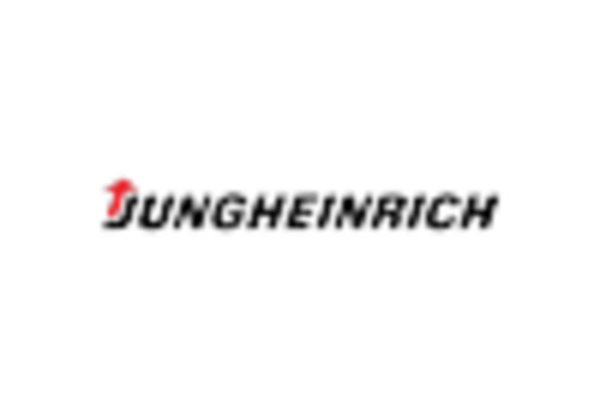
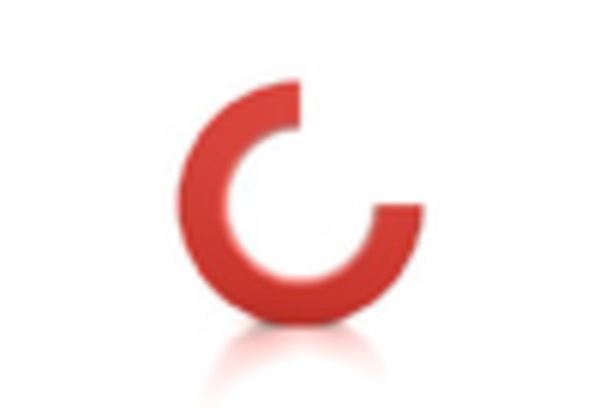
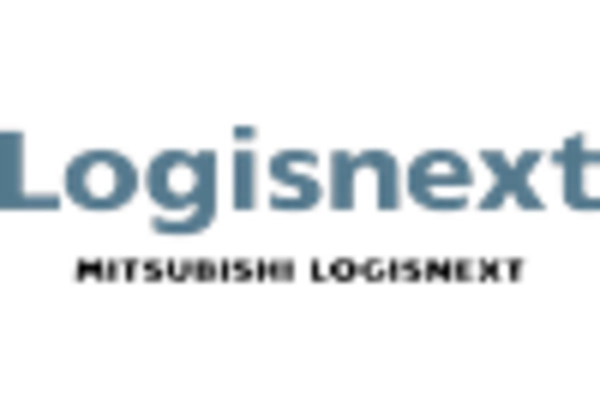
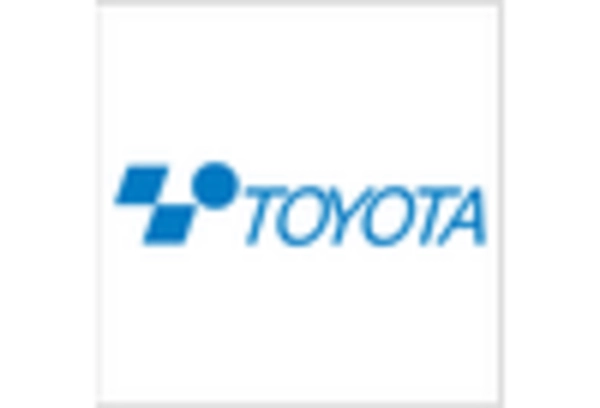









Leave a Comment